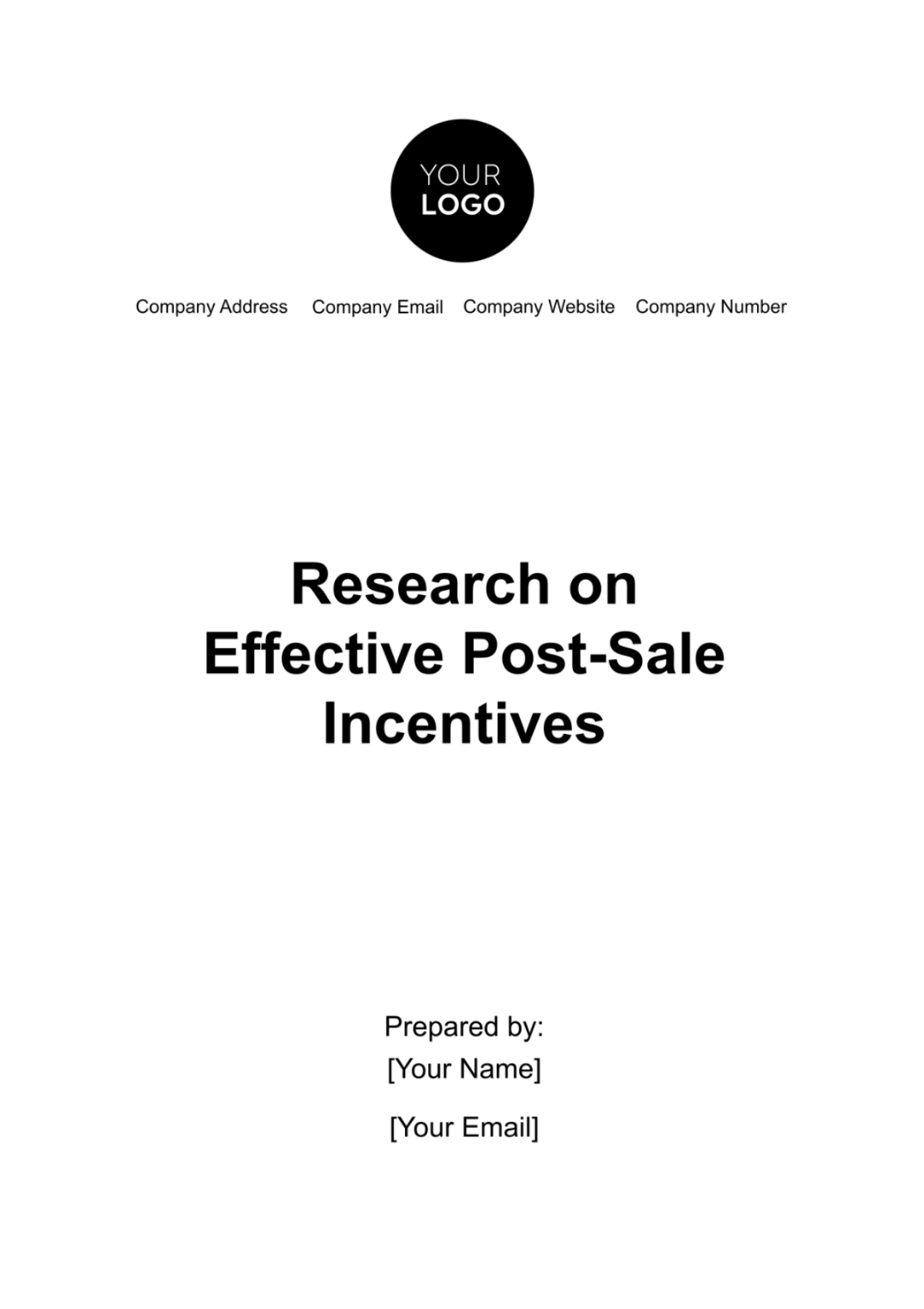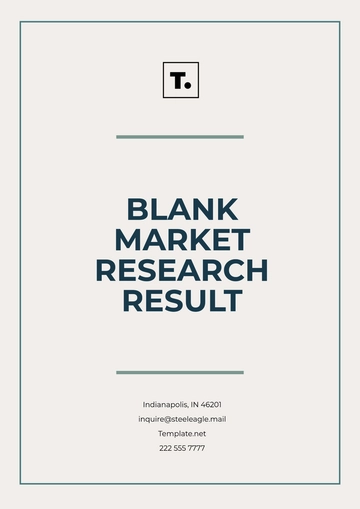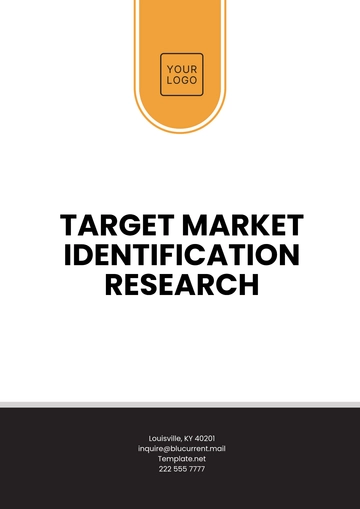Free Research on Effective Post-Sale Incentives

1. Abstract
This research document provides a systematic exploration of the most effective post-sale incentives for fostering customer loyalty and repeat business at [Your Company Name]. By leveraging a robust set of data gathered over a three-year period, this analysis aims to identify which incentives are most impactful in retaining customers and encouraging continuous engagement with the brand. The subsequent findings elucidate the strategic importance of personalized incentives in maintaining a competitive edge and sustaining long-term revenue growth.
2. Introduction
In the fast-evolving marketplace where customer retention is as crucial as acquisition, post-sale incentives stand as a cornerstone for creating lasting customer relationships. Recognizing this, our company has committed to a strategic evaluation of various incentive mechanisms to solidify its market position and to promote customer loyalty. This document outlines the importance of post-sale incentives, the methodology of their assessment, and the actionable insights derived from empirical data, offering a clear path forward for strategic incentive implementation.
Strategic Importance of Post-Sale Incentives
The strategic importance of post-sale incentives transcends mere customer appreciation; it involves constructing a value proposition that continues beyond the initial point of sale. These incentives serve as a testament to [Your Company Name]'s commitment to its clientele, fostering an environment where customers are acknowledged and valued. By investing in post-sale incentives, our company not only enhances customer satisfaction but also cements a culture of loyalty that can yield significant dividends in the form of customer advocacy, repeat business, and brand strength.
3. Methodology
To ensure a rigorous and comprehensive understanding of the efficacy of post-sale incentives, the research methodology employed by [Your Company Name] encompassed a systematic mixed-methods approach. This approach integrated quantitative data extracted from the company's CRM and ERP systems, providing a longitudinal analysis of sales and customer retention metrics. In parallel, qualitative data were gleaned from an extensive array of customer engagement touchpoints, including structured interviews, satisfaction surveys, and feedback forms.
The timeframe for the data collection extended from the first quarter of [Year] through the last quarter of [Year], allowing for a detailed assessment of the incentives' performance across various market conditions and consumer trends. Advanced analytics tools were utilized to interpret the large datasets, ensuring the identification of statistically significant patterns and correlations between the incentives offered and the observed customer behaviors. The methodology's dual focus on both the numbers and the narratives behind them offered a nuanced perspective on the incentives' impact, which grounded the research in both empirical evidence and customer-centric insights
4. Findings
The investigative analysis has yielded nuanced insights into the performance of post-sale incentives and their direct correlation with customer retention and loyalty at [Your Company Name]. The detailed data synthesized from multiple fiscal quarters are represented in comprehensive tabular formats, elucidating trends and customer behavior patterns.
Customer Retention Rate by Incentive Type:
Year and Quarter | Loyalty Points | Extended Warranties | Free Upgrades | Exclusive Access Events |
[Year] Q1 | 75% | 63% | 69% | 58% |
[Year] Q2 | ||||
[Year] Q3 | ||||
[Year] Q4 | ||||
[Year] Q1 | ||||
[Year] Q2 | ||||
[Year] Q3 | ||||
[Year] Q4 | ||||
[Year] Q1 | ||||
[Year] Q2 |
This table illustrates the incremental progression of customer retention rates over eight quarters, underscoring the effectiveness of loyalty points as the most potent incentive in securing repeat business. It is notable that while extended warranties maintain a more moderate retention rate, they exhibit consistent growth, highlighting their perceived value over time. Free upgrades and exclusive access to events also demonstrate an upward trajectory in retention, suggesting their incremental contribution to enhancing customer satisfaction and loyalty.
Yearly Sales Growth Attributed to Incentives:
Incentive Type | [Year] | [Year] | [Year] |
Loyalty Points | 5% | 7% | 8% |
Extended Warranties | |||
Free Upgrades | |||
Exclusive Access Events |
The table above presents a macroscopic view of how each incentive category influenced the overall sales growth annually. The data exhibit a clear indication that loyalty points not only have a sustained positive impact on retention but also play a pivotal role in driving sales. The quantifiable growth associated with extended warranties and free upgrades reaffirms their importance as secondary but significant factors in the overall incentive strategy.
5. Discussion
In incorporating these discussions, it becomes evident that an effective post-sale incentive strategy for [Your Company Name] must be adaptive and customer-centric. Each incentive type contributes uniquely to the overall goal of customer satisfaction and loyalty, and their collective implementation can provide a significant competitive advantage in the marketplace.
Loyalty Points - The Currency of Customer Commitment
The data analysis reveals a strong customer preference for loyalty points, which are proven to significantly enhance retention rates. Loyalty points act as a currency of commitment, rewarding customers for their ongoing engagement. The upward trend in customer retention suggests that loyalty points have successfully tapped into the consumer's desire for earning and redeeming value, which not only incentivizes repeat purchases but also fosters a sense of mutual investment between the customer and the brand.
Extended Warranties - Assurance and Trust as Retention Tools
Extended warranties have demonstrated a consistent positive impact on customer retention, emphasizing their value as tools for building assurance and trust. The consistent appreciation of extended warranties by customers indicates a trend where consumers are willing to engage deeper with brands that offer them peace of mind and reliability. For [Your Company Name], this implies a strategic opportunity to position itself as a brand synonymous with quality and customer care.
Free Upgrades - Keeping the Customer Experience Fresh
The notable rise in retention due to free upgrades speaks to the effectiveness of keeping the product experience fresh and exciting. By offering upgrades, our company not only ensures that their products remain at the cutting edge but also conveys a message to the customer that their continued patronage is valued. This subsection explores how free upgrades can serve as a catalyst for re-engagement and provide a platform for introducing new product features.
Exclusive Access Events - Cultivating Brand Communities
While exclusive access events have a lesser direct impact on retention, they hold substantial value in cultivating brand communities and creating emotional ties with customers. These events offer a unique way for [Your Company Name] to build brand affinity and transform customers into brand advocates. This discussion examines the qualitative benefits of customer engagement that go beyond retention metrics, such as increased word-of-mouth marketing and enriched customer-brand interactions.
Integrated Incentive Ecosystem - A Holistic Approach
The data suggest that an integrated approach to post-sale incentives can maximize customer engagement and retention. By creating a holistic incentive ecosystem that combines loyalty points, extended warranties, free upgrades, and exclusive access, the company can cater to a broad spectrum of customer preferences and motivations. This subsection discusses the strategic integration of various incentives and how this synergy can reinforce the brand's value proposition and drive sustainable business growth.
6. Implementation Strategies
This section delineates the tactical approaches [Your Company Name] must adopt to actualize the post-sale incentives that have demonstrated potential for augmenting customer retention and satisfaction.
Deployment Framework: Developing a strategic deployment plan is pivotal. This elaborates on a step-by-step strategy that encompasses integrating technological solutions for loyalty points tracking, setting up administrative processes for extended warranty programs, upgrading IT systems to support free upgrade schemes, and devising logistical frameworks for exclusive event management. The plan would also involve timelines and milestones to ensure the structured rollout of each incentive component, along with budget allocation and resource planning to execute these initiatives effectively.
Staff Training and Customer Education: To ensure seamless execution of the post-sale incentives, comprehensive training modules for staff are imperative. This subsection expounds on the creation of specialized training sessions to acquaint employees with the nuances of the incentive programs. It would address the communication strategies staff need to adopt to articulate the value of these incentives to customers, as well as the operational training to handle the backend processes associated with these offerings. Additionally, a customer education campaign is proposed to facilitate customers' understanding of how to leverage these incentives to their full advantage.
Cross-Functional Team Coordination: Successful implementation requires a coordinated effort across various departments. This subsection discusses the formation of cross-functional teams comprising members from sales, marketing, customer service, IT, and logistics. The aim is to foster a collaborative environment that ensures all facets of the incentive programs are aligned with the company’s broader business goals and customer experience standards.
Technology and Systems Integration: Technology underpins the effectiveness of modern incentive programs. Here, the discussion revolves around the selection and integration of CRM and ERP systems that can track customer purchases, manage loyalty points, process warranty claims, and register event attendees. This technological integration must be user-friendly and capable of providing real-time data analytics to inform decision-making and strategy adjustments.
Marketing and Customer Outreach: It's essential for our company to communicate the value of these incentives to the customer base effectively. This subsection presents strategies for marketing the new incentives, including digital marketing campaigns, direct email marketing, in-store promotions, and leveraging social media platforms. The communication should emphasize the benefits of the incentives, creating compelling narratives that resonate with the target demographics.
Compliance and Legal Considerations: The incentives must be designed and implemented within the framework of relevant laws and regulations. This subsection emphasizes the need for the company to conduct a thorough legal review to ensure compliance with consumer protection laws, data privacy regulations, and other legal requirements. It will outline the processes for regular compliance audits and the establishment of protocols to address any potential legal issues swiftly.
By addressing these critical areas, [Your Company Name] can facilitate an effective launch and management of its post-sale incentive programs, positioning the company to not only meet but exceed customer expectations, thereby driving loyalty and repeat business.
7. Recommendations
This section synthesizes the insights gleaned from the research and proposes actionable recommendations for [Your Company Name] to enhance its post-sale incentive programs, ensuring they effectively contribute to customer retention and satisfaction.
Incentive Program Optimization: Based on the findings, it is recommended that the company can optimize its incentive offerings by tailoring them to customer purchase histories and preferences. By leveraging data analytics, the company can identify and target individual customer needs with personalized incentives. This approach will likely increase customer engagement and the perceived value of each incentive, thereby fostering greater brand loyalty.
Integration of Customer Feedback Mechanisms: It is imperative that our company institutes robust mechanisms for collecting and analyzing customer feedback specifically regarding the incentive programs. Regularly conducting surveys and focus groups can provide valuable insights into customer preferences and program effectiveness. This feedback should be systematically reviewed and used to make informed adjustments to the incentive offerings.
Dynamic Incentive Structures: [Your Company Name] should consider introducing dynamic incentive structures that evolve based on market trends and consumer behavior patterns. This could involve seasonal promotions, limited-time offers, and exclusive partnership deals that add a layer of excitement and urgency to the incentive programs, encouraging customers to take advantage of them promptly.
Comprehensive Training for Customer-Facing Staff: Investing in comprehensive training programs for customer-facing staff is crucial. The training should focus on enhancing staff understanding of the incentive programs, enabling them to effectively communicate the benefits to customers and address any inquiries or issues that may arise. This investment will not only empower employees but also ensure a consistent and positive customer experience.
Continuous Monitoring and Analysis: Continuous monitoring and analysis of the incentive programs are recommended to measure their success and return on investment (ROI). The company should establish KPIs, as mentioned previously, and use them to regularly assess the impact of the incentives on customer behavior. This data-driven approach will allow for agile modifications to the programs as needed.
Leverage Multi-Channel Marketing: To maximize the reach and impact of the post-sale incentives, our company should leverage a multi-channel marketing approach. This includes digital channels, traditional media, in-store displays, and personal selling to ensure that information about the incentives is readily accessible to all segments of the company's customer base.
Legal and Ethical Compliance: Lastly, the company must ensure that all aspects of the incentive programs are in full compliance with legal and ethical standards. This encompasses respecting customer privacy, transparent communication of terms and conditions, and adherence to consumer rights and protections. Establishing a compliance oversight committee could be beneficial for maintaining rigorous standards.
By implementing these recommendations, [Your Company Name] can significantly enhance the effectiveness of its post-sale incentives, leading to increased customer retention, higher sales, and a more robust competitive position in the market.
8. Conclusion
Based on the data analysis, [Your Company Name] should prioritize the integration of a loyalty point system, supplemented by extended warranties and opportunities for product upgrades. These incentives have demonstrated a strong ability to secure customer loyalty and contribute to the company’s revenue incrementally. It is recommended that these strategies be tailored to customer preferences and market demands to maintain competitive advantage.
- 100% Customizable, free editor
- Access 1 Million+ Templates, photo’s & graphics
- Download or share as a template
- Click and replace photos, graphics, text, backgrounds
- Resize, crop, AI write & more
- Access advanced editor
At Template.net, we offer an editable Research on Effective Post-Sale Incentives Template, designed to benefit marketing professionals. Our customizable template assists with identifying optimal incentives to boost customer retention. Seamlessly editable in our Ai Editor Tool, it is tailor-made for enhancing your marketing strategies. Engage, empower, and elevate your post-sale experience with our innovative template today. Crafted to perfection, let our template champion your marketing endeavors.





























